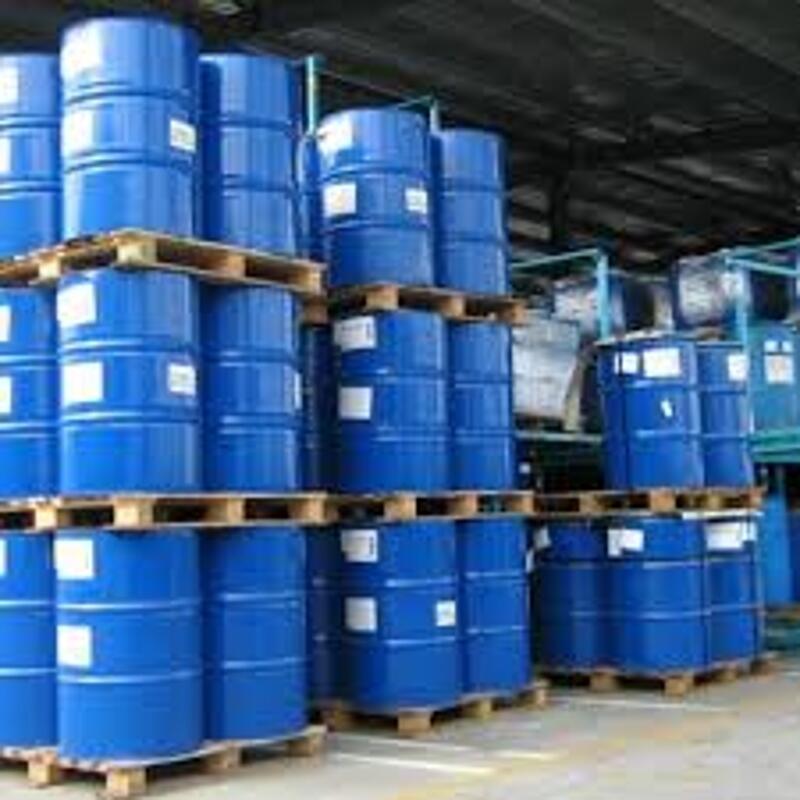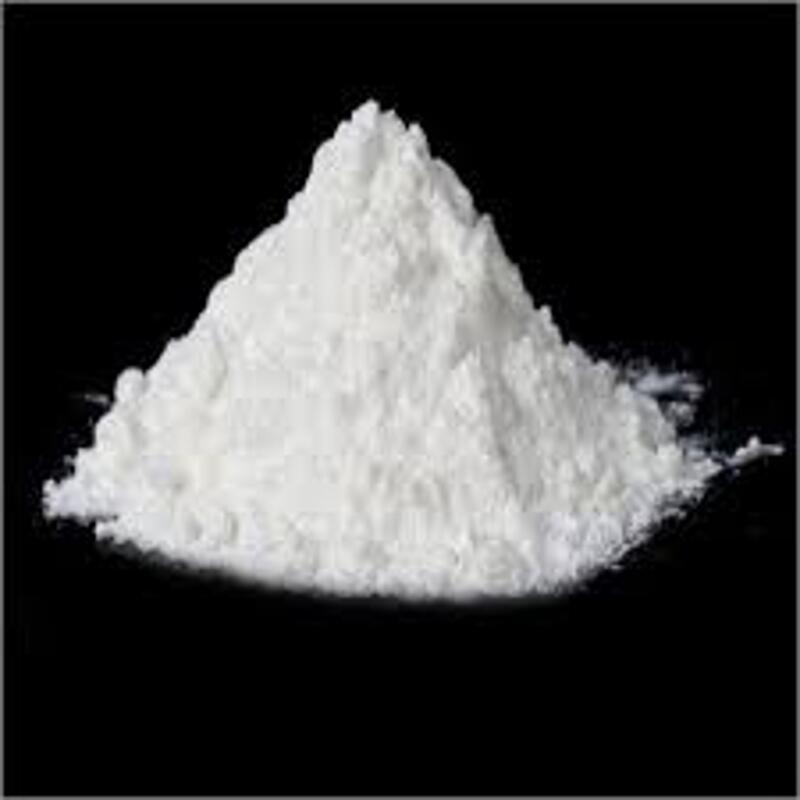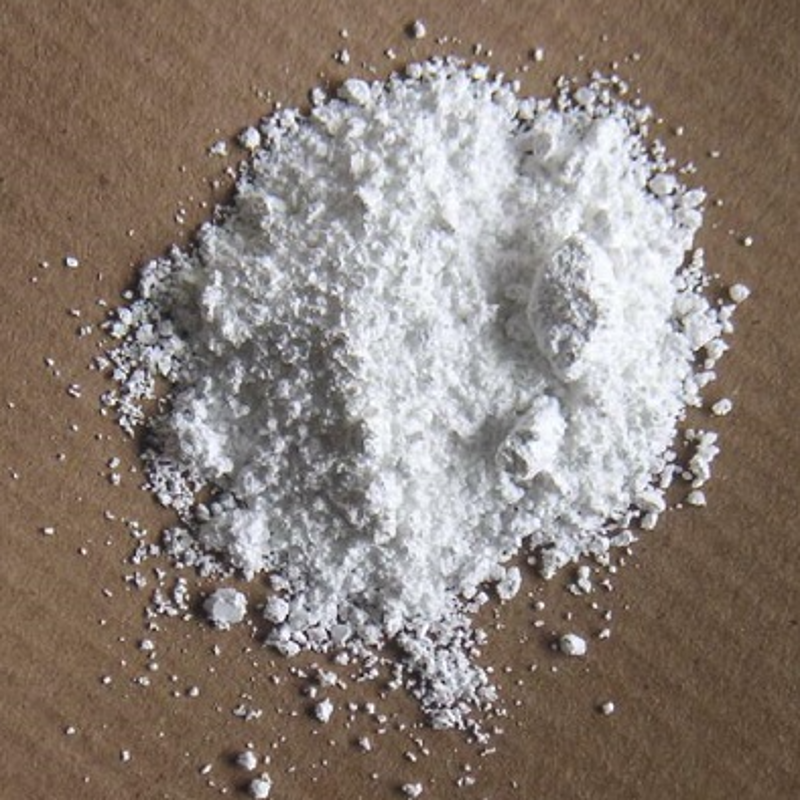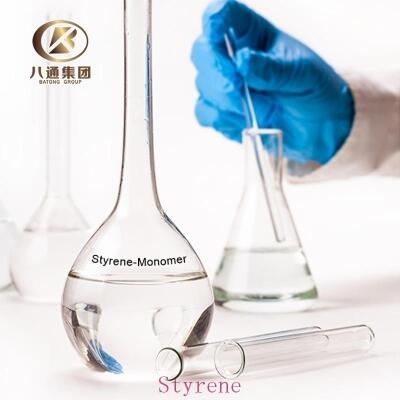What Do You Know About The Bio-Based Additives Industry
Auxiliaries, also known as additives, are an essential part of the polymer materials industry.
Biobased additives are those made from biomass or biologically produced materials. Bio-based auxiliaries are green, environmentally friendly, low or non-toxic and renewable in origin, replacing fossil-based auxiliaries and effectively reducing resource shortages.
Bio-based materials additives can be divided into bio-based plasticisers, bio-based flame retardants, bio-based adhesives, bio-based lubricants, bio-based cleaners, bio-based surfactants and other bio-based additives.
Bio-based plasticisers
Plasticisers are organic substances that are added to polymers to increase their plasticity, optimise their processing properties and give them softness.
Traditional plasticisers, represented by phthalates, are generally volatile and when they penetrate or migrate out of the polymer, they can cause the product to lose its flexibility and affect the quality of the product. In addition, phthalate plasticisers are generally toxic, harmful to the reproductive system and have a carcinogenic risk.
Bio-based flame retardants
The mechanism of action of flame retardants: they inhibit the production of one or more elements during the combustion of a material in order to stop or slow down the burning process.
Halogen-based flame retardants can produce toxic substances such as hydrogen halides and dioxins at high temperatures, which are harmful to humans. Since 2006, the use of halogenated flame retardants has been strictly limited in Europe and the USA. The reasons why bio-based materials can replace halogenated flame retardants: they have a high carbon content and a polyhydroxyl structure, which gives them excellent char formation properties.
Usually biomass alone is not effective as a flame retardant for PLA and needs to be modified or combined with other flame retardants. The addition of more than 10% will lead to a decrease in the mechanical properties of PLA and affect its performance.
Looking for chemical products? Let suppliers reach out to you!
-
Paint & Coating Industry Overview Mar.2025
This issue provides analysis of the European and German coatings markets, as well as the latest monthly reports and price trends of coatings-related chemical raw materials. Support online permanent download.Published in: Mar.2025
Trade Alert
Delivering the latest product trends and industry news straight to your inbox.
(We'll never share your email address with a third-party.)
Related News
-
BASF invests in expanding Nanjing additives factory
-
DVA Agro opens its first plant in Brazil and a global R&D center dedicated to high-performance agricultural additives
-
Can Ultra-Processed Foods Be Made Healthier Without Compromising Taste and Convenience?
-
EU Food Industry Granted Two Years to Align with Stricter Nitrite and Nitrate Limits
-
U.S. research finds new biodegradable plant-based packaging coating
-
Continue to Crack Down On The Illegal Use of Veterinary Drugs And Additives in 2022
-
Lu Wei's 100,000 Tonnes/Year Lactic Acid And Polylactic Acid Project Scheduled To Start This Month
-
Steelcase Launches Telescopic Chair Made From Basf Chemical Recycled Material
-
Safety and efficacy of manganese lysinate sulphate as an additive in all animal feeds
-
No Time To Lose In The Fight Against Plastic Pollution
Recommend Reading
-

The chemical plant collectively shuts down for maintenance! The price increase is coming again!
-

Rising Costs and Improving Demand, PTA Prices Continue to Soar
-

120,000 Tons Per Year of PBAT Project in Xinjiang will be Built Soon
-

Anti-Dumping Investigation on PP Homopolymer Launches in 9 Countries
-

Sherwin-Williams Showcases Next-Generation Trailer Coatings at NATDA
-

ExxonMobil Chemical Acquires Materia
-

Amylyx Acquires Avexitide from Eiger, Aims to Expand in Insulin-Related Diseases
-

APC Packaging Launches New Sustainable JEBH and JEBL PET Jar Series
-
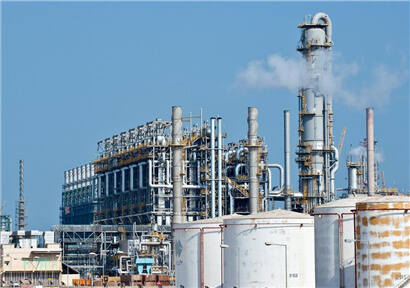
Hubei Will Build A Trillion-level Modern Industrial and Energy Industry
-

Insurance: Health Insurance Business Risks Cannot be Ignored





